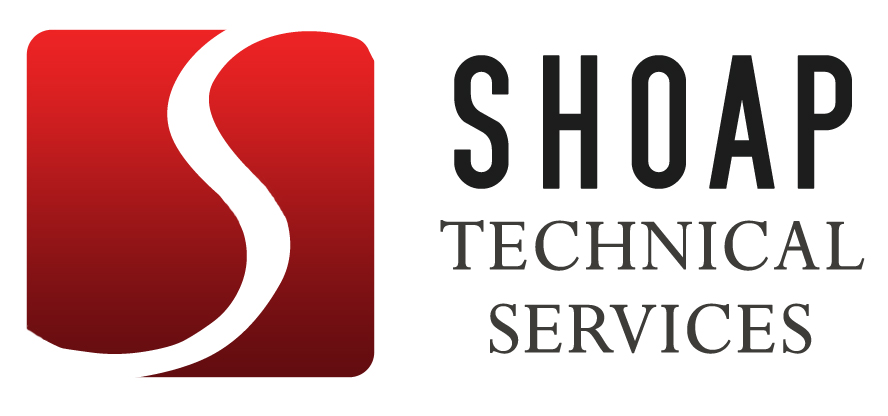In an earlier article (http://www.shoap.com/rfp-responses-go-technical), we discussed the importance of responding to RFPs with correct, easy to read and understand responses. Several of our readers wondered if there were any tools that could help them address the arduous task of responding to RFPs. This article is for them.
Unquestionably, there are more onerous tasks than responding to a big, fat request for proposal (RFP). Unfortunately, I just can’t think of anything. People who have to do this for a living spend countless (and thankless) hours, ensuring the response is correct and flawless. These responses can go for hundreds of pages, require inputs from various and sundry departments within the organization, and are under tremendous time constraints. It’s stressful just thinking about it. Many companies, however, are facing this nightmare head-on by investing in software that automates the process. Leave the copy/paste method behind.
Single Source
We’ve sung the praises of single-sourcing before (http://www.shoap.com/single-sourcing/#more-409). In that article, however, we addressed the cost-savings companies could realize by single-sourcing their documentation. But we didn’t address the specific benefits of single-sourcing for RFP responses. In single-source documentation (or single-source authoring), the same pieces of information that appear in multiple documents are housed in a single location (a database) using a single-source authoring tool.
Boilerplate Info
Consider the RFP. How much of the typical RFP simply requests basic boilerplate information about your company? For example,
- Names of all affiliates, sister companies or joint ventures, or any entities in which the company has any kind of equity interest.
- List industry-related associations or organizations of which your company has proposed or influenced.
- Describe the processing platforms pertinent to your recommended solution. Provide system specifications, if appropriate.
- Include any awards or special recognition that you have received.
- Provide details on your experience with merchants similar to our company.
- Etc., etc.
Probably 75% or more. Unfortunately, the questions are never asked exactly the same even though the answer to the question might be the same. From the sample above, #5 might be presented as, “Do you have experience with other companies in the same line of business?”
Then there’s the issue of the boilerplate information changing, if even in a small way. Let’s say the RFP asks how many outlets your company currently has? That number is not static; it changes all the time. So while an answer to a previous RFP may be close, you might still need to update it. With a single-source solution, when you change a piece of information – a topic – for a response, that information is saved in the database and can be used for the next RFP. You don’t have to “remember” to change the information in the database.
In addition, all RFP questions have to be answered in the order in which they were asked. One RFP may request your security policy as question #10 while the next RFP may want to know that first. With a single-source solution, it doesn’t matter what the order of the questions is because the information is in the database to be used in any order that you wish to use it.
Uniformity
Another problem: What happens when 5 different people – the finance person, the security chief, the operations manager, the product guru, and the marketing laison – contribute answers to an RFP? You get 5 different styles of writing, 5 different formats, 5 different fonts. In the copy/paste method, the editor has to make sure everyone is using the same bullet point styles, the same indents, the same fonts. In single-source, every piece of information is stored in the database. As a separate part of the RFP process, there are predefined output templates. These templates guarantee that every piece of data looks the way it is supposed to look. There’s no guess work.
Is It Worth It?
There are obvious costs involved in using a single-source solution: the tool itself – these tools are not inexpensive; the actual setup – putting all of your historical data (your answers to previous RFPs) into the database; the learning curve to use the tool. Is the investment worth it?
Perhaps the questions you need to ask yourself are these:
- How much does it cost your company to create an RFP response using your current method?
- If you lost one contract because you couldn’t respond quickly enough or your response wasn’t perfect, what did that cost your company?
- How many valuable employees have left because they didn’t want to write another RFP response?
Writing an RFP response can be an excruciating and intimidating process. Automating the process with a single-source solution is definitely a competitive edge worth investigating.

2 replies on “RFP Nightmares. Had Enough?”
I hate acronyms. So many are thrown at me each and every day, it’s impossible to recall what they all mean. If I could remember “atm” what and RFP is, the article would actually mean something to me.
Hate them too but Request For Proposal (RFP) was too long for the title so we put it in the first sentence.